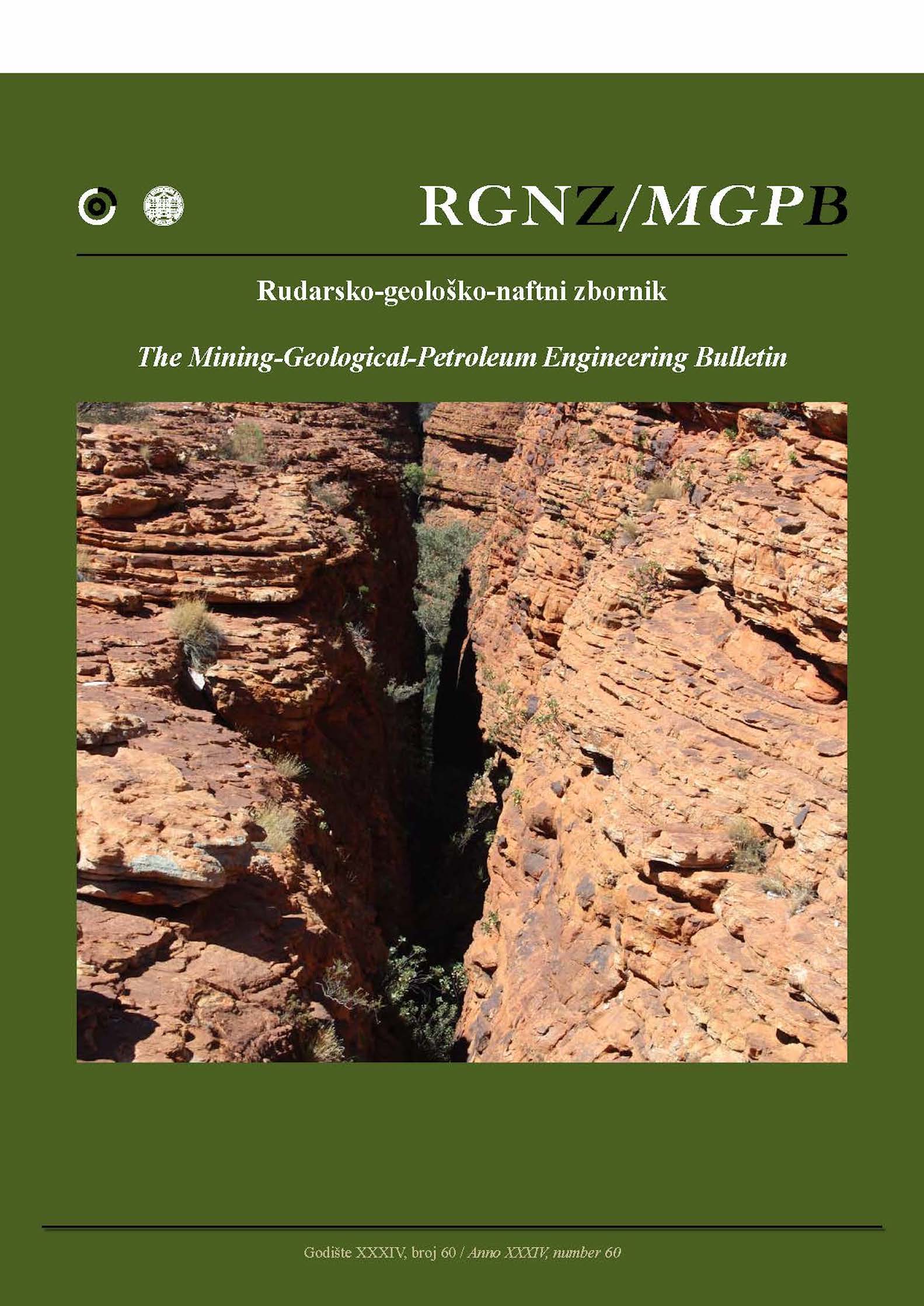Linear programming as a tool to design the mix of cement plant raw materials
DOI:
https://doi.org/10.17794/rgn.2022.4.9Keywords:
Raw mix, Cement industry, Linear Programming, Blending operationsAbstract
This study uses linear programming to develop a methodology for selecting the best raw material mix in an ASCOM cement plant in Egypt. In cement factories, this type adheres to Egyptian chemical composition criteria for raw feed (e.g. 82.5% calcium carbonate, 14.08% silica, 2.5% alumina and 0.92% iron oxide). Furthermore, the model is bound by industry-specific characteristics (e.g., lime saturation factor, silica modulus, alumina modulus and loss of ignition). The results reveal that the model is able to accurately reproduce the mixing of high-quality feed with varying constituent percentages. It is also capable of determining the combining limitations of each ingredient. Furthermore, it demonstrates optimality for additive sourcing short-term planning and capping limestone quality to meet changeable component combinations. Additionally, improving the raw mix reduces limestone feed quality from 51 to 50.6%, resulting in the inclusion of extra limestone reserves.
Downloads
Published
How to Cite
Issue
Section
License
Copyright (c) 2022 authors and journal

This work is licensed under a Creative Commons Attribution 4.0 International License.
Creative Commons-BY
Authors who publish with this journal agree to the following terms:
In agreeing this form, you certify that:
- You read the ethical codex of the RGN zbornik available at journal web.
- You submitted work is your original work, and has not previously been published and does not include any form of plagiarism.
- You own copyright in the submitted work, and are therefore permitted to assign the licence to publish to RGN zbornik.
- Your submitted work contains no violation of any existing copyright or other third party right or any material of an obscene, libellous or otherwise unlawful nature.
- You have obtained permission for and acknowledged the source of any illustrations, diagrams or other material included in the work of which you are not the copyright owner.
- You have taken due care to ensure the accuracy of the work, and that, to the best of your knowledge, there are no false statements made within it.
- All co-authors of this submitted work are aware of, and in agreement with, the terms of this licence and that the submitted manuscript has been approved by these authors.
Publication licence
You retain copyright in your submitted work, according to journal license policy (CC-BY). By signing this form you agree that RGN zbornik may publish it under the publication licence. In summary the licence allows the following:
Anyone is free:
- To copy, distribute, display, and perform the work.
- To make derivative works.
Under the following conditions:
- The original author must always be given credit.
- The work may not be used for commercial purposes.
- If the work is altered, transformed, or built upon, the resulting work may only be distributed under a licence identical to this one.
Exceptions to the licence
In addition to publishing the work printed under the above licence, RGN zbornik will also enable the work to be visible online.
The journal editorial can change the licence rules anytime but it cannot retroactively restrict author(s) rights.


